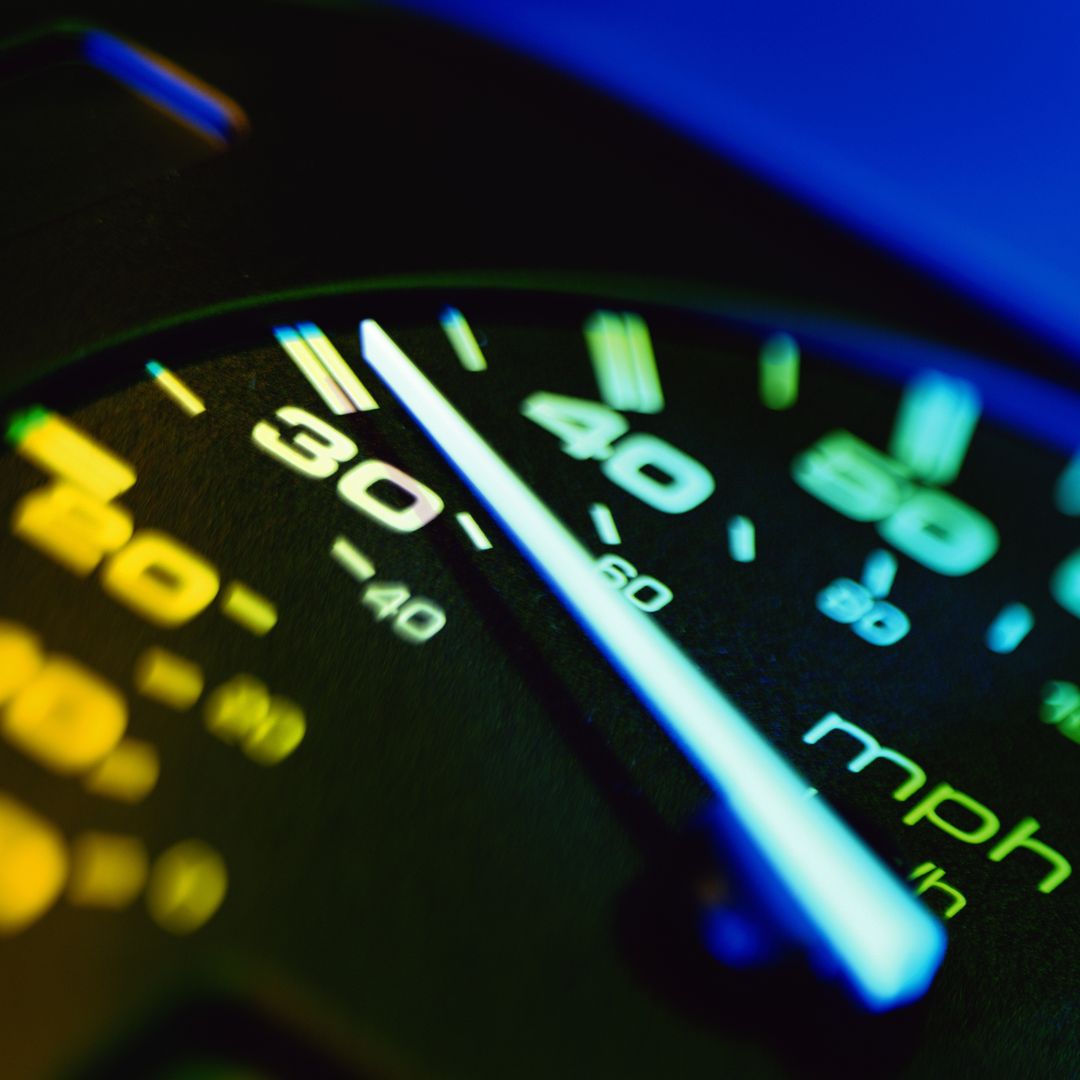Running a car is not without its legal requirements. As well as obeying the rules of the road, you must make sure your vehicle is taxed, insured and has a valid MOT.
The MOT (Ministry of Transport test) is an annual examination to check your car meets road safety and environmental standards. MOTs are carried out at authorised test centres, all of which display an official blue sign, which features three white triangles.
The test involves dozens of checks on your car, ranging from the brakes, lights, mirrors, windscreen wipers and seatbelts, to the fuel and exhaust system. Understanding the MOT system is confusing, so here are the answers to the most commonly asked MOT questions.
When is an MOT due?
A car's first MOT is due three years after its first registration, and every year thereafter. You can check your car's MOT status at GOV.UK.
What's the difference between an MOT and a service?
An MOT test is designed to check whether or not a vehicle is roadworthy enough to be allowed on public roads. It exists to keep drivers, pedestrians and other road users safe. A car service is a thorough health check (usually every year) which includes routine maintenance, such as an oil change. They are not compulsory by law, but regular services are recommended to keep your car in tip-top condition. They also help to maintain its value and may make it more attractive to potential buyers when you come to sell.
How much will an MOT cost?
The price of an MOT is regulated, so currently test centres can’t charge more than £54.85. That said, it's worth checking online for offers and online promo codes at test centres such as Halfords and Kwik Fit. Test fees of around £30 are not unusual.
Will I get notified when my MOT is due?
The DVSA (Driver and Vehicle Standards Agency) won't automatically notify you, but you can sign up to get free reminders by text message or email when your MOT is due at GOV.UK.
How long does an MOT test take?
An MOT test takes about one hour and it's advisable to arrive in good time.
What's the penalty for driving without a valid MOT?
You can be fined up to £1,000 for driving a vehicle without a valid MOT. The only exceptions to this are driving a car to a garage to be repaired or a pre-arranged MOT test.
Can you tax a car without an MOT?
Legally, you must have a valid MOT certificate before you are permitted to purchase vehicle tax, otherwise known as car tax or vehicle excise duty (VED).
Do electric and hybrid cars need an MOT?
Yes - they are treated just the same as petrol and diesel-powered vehicles.
Are classic cars exempt from the MOT test?
Yes, cars that were first registered 40 years or more ago do not legally have to be put through the MOT test. However, if the car in question has been subject to "substantial changes" (eg a new body, chassis, axle or engine) that differ from its original specification, it will need an annual MOT. So, it may not be legally necessary to put historic cars through annual MOT checks, but it is considered a good idea by classic car owners and clubs.
How long is an MOT certificate valid for?
An MOT certificate is usually valid for one year from the date of the test. However, your MOT can also be renewed up to one month before it runs out while retaining the original expiry date.
Does an expired MOT invalidate insurance?
Most car insurers will specify that if your car requires an MOT, your insurance will be invalidated if you don’t have one or fail to keep it current - even if you accidentally let your MOT lapse.
What are the levels of failure for an MOT?
Around 30% of cars fail MOTs and there are four main types of fault - minor, major, dangerous and advisory. Major and dangerous faults will lead to immediate MOT failure, whilst advisories and minor faults should be repaired as soon as possible.
Can I drive my car to another garage for repair if it's failed its MOT?
If a vehicle has failed an MOT you can't drive it away from the garage if any of the defects are classed as being dangerous. If so, repairs will have to be carried out at the test centre or you will have to arrange for your car to be towed to another garage. If it was failed for 'major' reasons, you can drive it to another garage, provided the current MOT certificate has not yet expired.
What is an MOT retest?
This is a partial MOT test which will generally only check the parts of your car which failed the initial test.
How much is an MOT retest?
This varies between test centres, but broadly speaking, provided the repairs are completed within 10 working days of the fail, a car can retested free of charge. However, some garages may charge a partial MOT test fee for a retest.
What are the most common MOT failures?
Some of the most common MOT fails are small and preventable such as blown light bulbs (headlights, brake lights and even number plate lights), tyres (insufficient tread or damage), windscreens (faulty wipers, lack of screenwash, windscreen cracks) and warning lights on the dashboard. Other failures aren't so easy to spot, such as poor brake performance, suspension wear, faulty power steering and hight exhaust emissions. Ultimately, if your car is serviced regularly, there's a good chance many of these potential fails will be picked up and remedied before your MOT is due.
What happens if I disagree with the MOT test result?
You can appeal the result if you believe that the MOT test centre came to the wrong decision. Download the DVSA’s official complaint form, submit it within 14 working days of the test and you will be contacted within five days of the appeal to discuss your case.
I'm buying a used car - can I check its previous MOTs?
Yes, you can check whether any vehicle has passed or failed its MOTs in the past at GOV.UK. It will also confirm the car's mileage history.
Three ways to prepare your car for its MOT
DISCOVER: A simple guide to car insurance and 6 ways to cut your premium
Some of the most common MOT failures are small and preventable and involve the windscreen, lights and tyres. Here are three easy checks you can carry out at home:
- Lights - ask a relative or friend to walk around the car while you test each of the lights - not just the dipped and main beams, but the side lights/running lights, indicators, hazard warning, fog lights and even the number plate lights. If any of the blubs have blown, you can buy new ones at service stations or motoring shops.
- Tyres - a car tyre's legal minimum tread depth is 1.6mm and it's easy to check with a 20p coin. Just take a 20p coin and insert it into the tread grooves on the tyre. If you can't see the outer band on the coin (side view), your tyres are above the legal limit. Also check for any damage or cuts to the tyres.
- Windscreen - inspect your windscreen for cracks and chips. Get them checked out a garage if there are any, because if they are too big, they may result in an MOT fail. Also make sure your windscreen wipers are working and clean effectively. The rubbers should not have any tears, for instance. And don't forget to also check your rear wiper, if your car has one fitted. Finally, remember to top up your screenwash.
Other checks require more specialist knowledge, but you may have noticed other issues. For instance, your brakes may be squeaking, scraping or pulling your car to one side. Your exhaust might have got noisier, or perhaps you’ve heard an unusual knocking sound.














